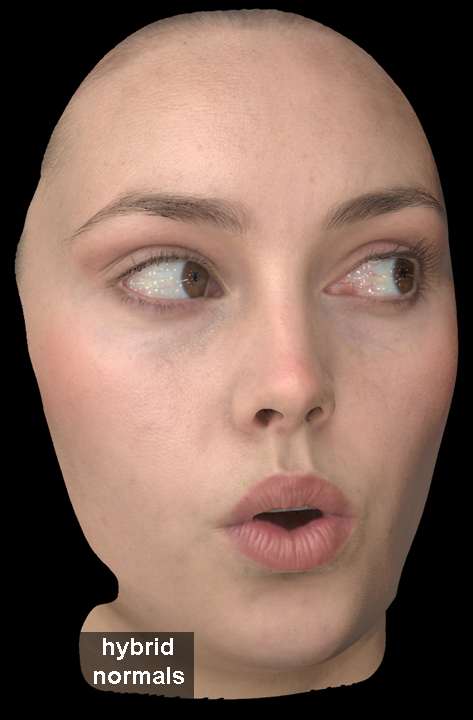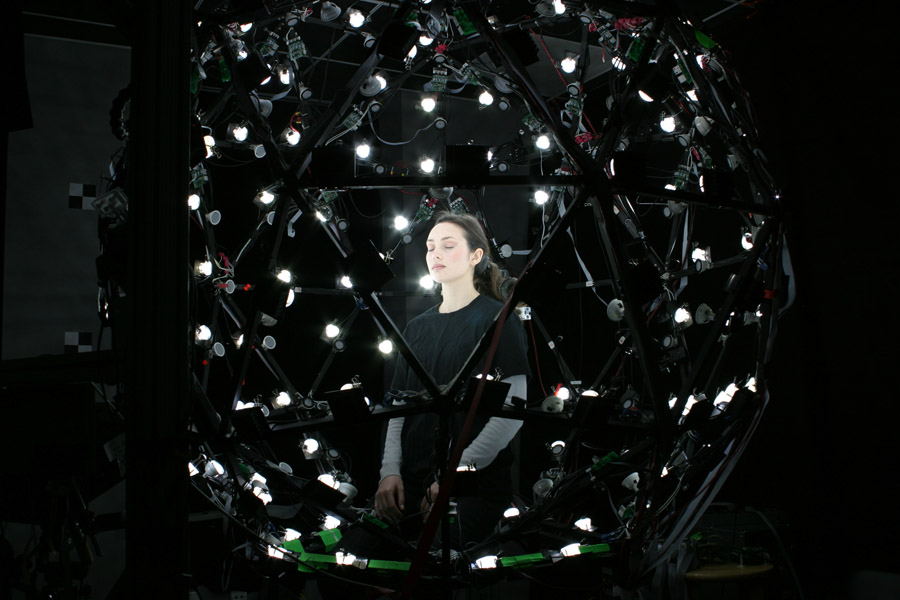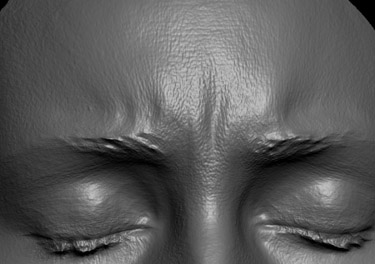“Digital Emily” Introducing Image Metrics



The Digital Emily Project was done by Paul Debevec and his team from Image Metrics in 2008. They built a 3d digital puppet of the actress Emily O’Brien that they could manipulate. Viewers could not tell whether they were watching the real person or the computer graphic animation. Countless rays of light produced by 156 bulbs bounced off the surface of Emily’s skin and into the camera, which allowed people to “scan” her face. Different from putting trackers on her face, this process can capture more details like pores and fine wrinkles. The team used hybrid normal map rendering in Maya 8.0.

The use of hybrid normal maps created better effects than diffuse map rendering because it made the surface more like skin. Emily’s eyelashes were often covering her eyelids and pupils so they had to build the model of her eyes from scratch. A program that could move each part of Emily’s face like her brows and teeth allowed the team to create whatever expression the real Emily could make. Using this program, they made a Computer Graphic animation by replicating each frame from a video of the real Emily in less than two weeks. It is surprising how the actual animation process only took so little time. It gives us a sense of how powerful this tool is once the process of generating the system is finished. I admire this project because it can be applied easily in the film industry. One of the intentional decisions that Debevec made was determining the extent to which Emily’s facial expressions could be exaggerated and what kind of expression would be considered realistic. This whole project gave me an appreciation of the complexity of the human face.
Links:
The Digital Emily Project: Achieving a Photoreal Digital Actor
Acquiring the Reflectance Field of a Human Face
Check out the TED talk given by Paul Debevec on The Digital Emily Project:
![[OLD – FALL 2016] 15-104 • COMPUTING for CREATIVE PRACTICE](wp-content/uploads/2020/08/stop-banner.png)